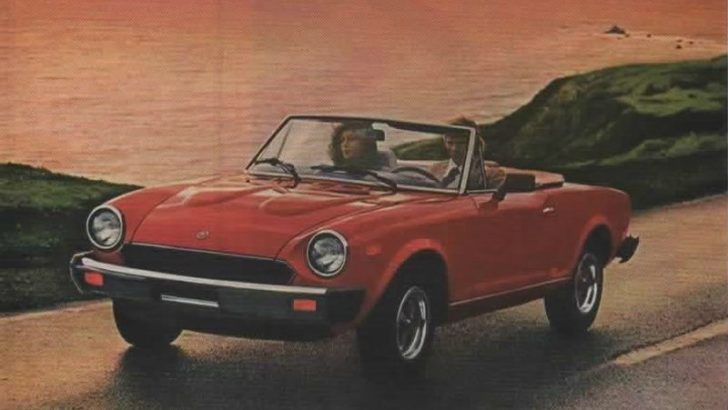The 1970s were a time of cultural transformation and experimentation, but some advertisements from this era reflect attitudes and norms that would be unacceptable today. This article explores twelve such advertisements, each offering a glimpse into the past, and highlights why they would be considered inappropriate or offensive in today’s society. From outdated gender stereotypes to unhealthy lifestyle promotions, these ads serve as a reminder of how far we have come in terms of social awareness and sensitivity. Join us as we journey through these controversial pieces of advertising history.
1. Tipalet Cigarette Ad
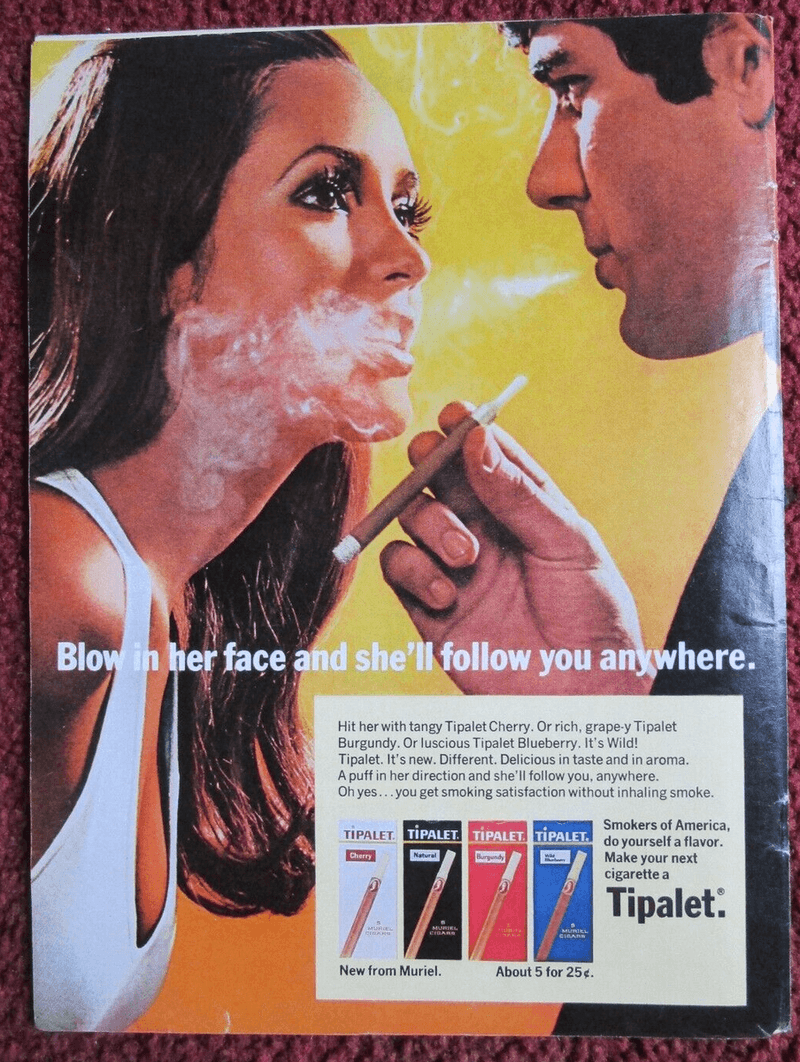
“Blow in her face and she’ll follow you anywhere.” With this catchy line, the Tipalet cigarette ad promised men more than just tobacco satisfaction. The ad featured a beautiful woman, her face enveloped in smoke, gazing adoringly at a man. Today, such an ad would be criticized for promoting manipulative behavior and glamorizing smoking. The imagery and message both contribute to a perception of women as easily influenced and objectified. This representation would not align with modern values of respect and equality, highlighting the significant changes in advertising ethics over the decades.
2. Love’s Baby Soft Fragrance
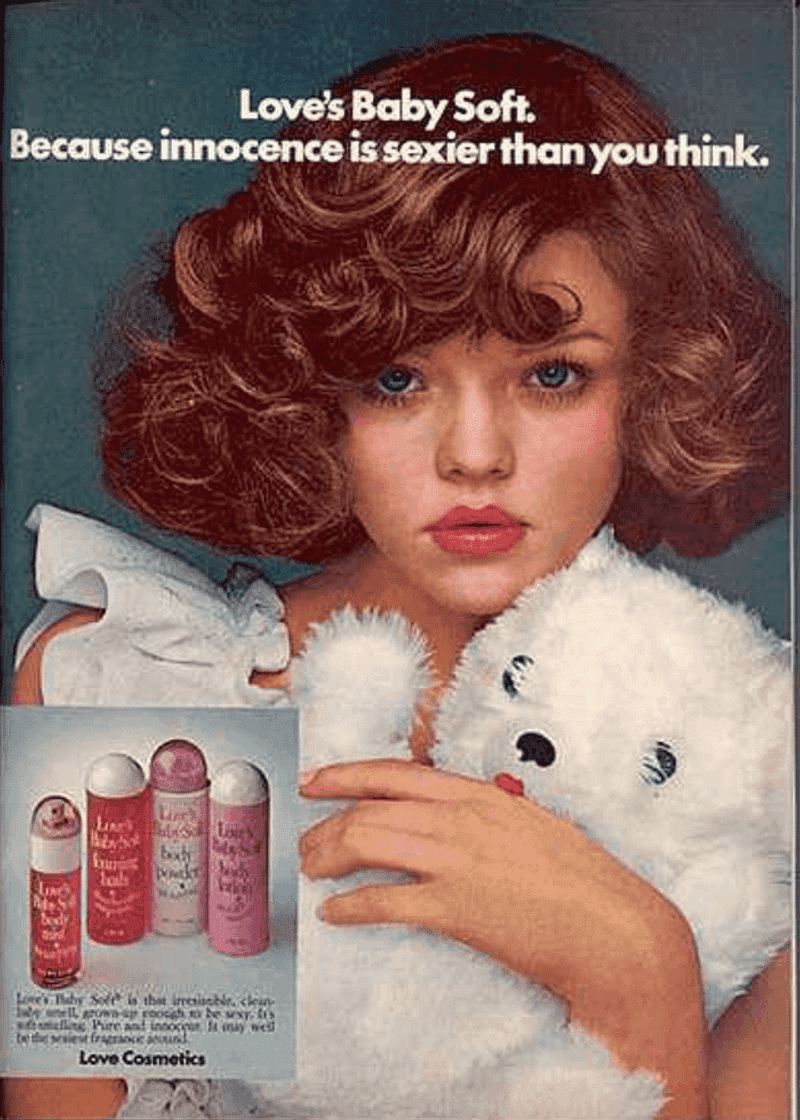
The Love’s Baby Soft ad from the 70s exuded innocence while simultaneously marketing a sensual allure. The ad featured a young girl, barely in her teens, paired with the tagline “Because innocence is sexier than you think.” This juxtaposition of youth and sexuality raises eyebrows today. The portrayal of minors in a suggestively adult context is considered highly inappropriate, reflecting a disregard for child protection standards. This ad is a stark reminder of how perceptions of innocence and sensuality have evolved, contributing to more conscientious and responsible advertising practices.
3. Van Heusen ‘Man’s World’ Ad
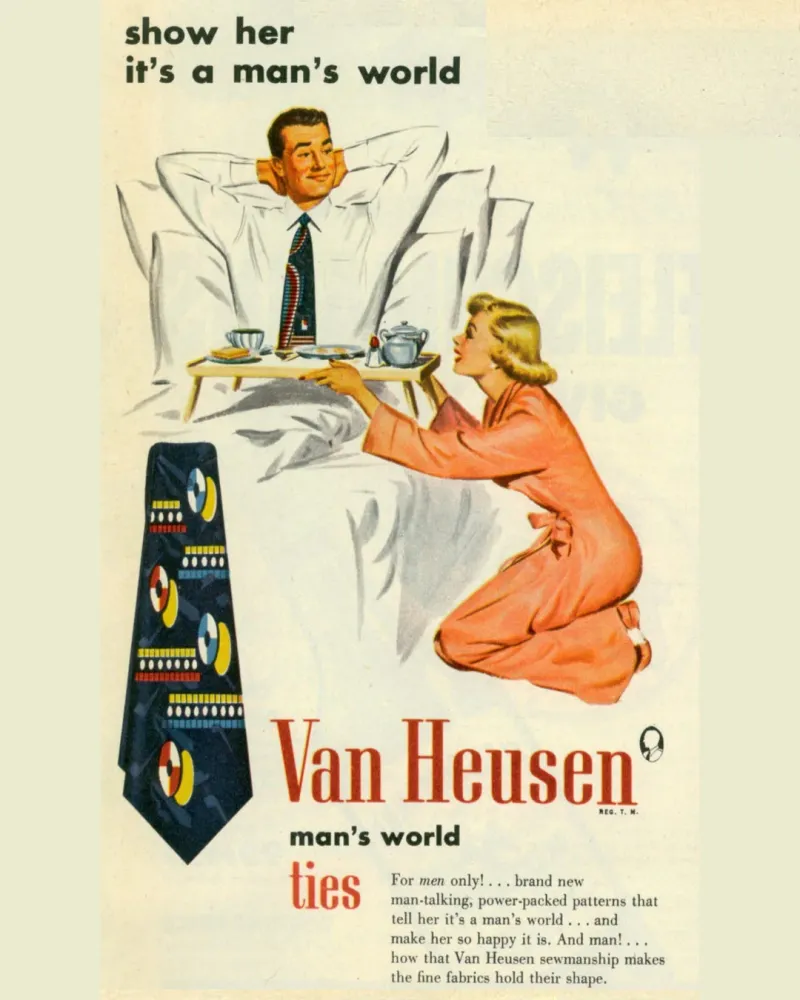
Van Heusen’s “Man’s World” ad depicted a man indulging in leisure while a woman dutifully served him breakfast. The tagline “Show her it’s a man’s world” exemplified the gender stereotypes prevalent during the period. Such an ad would face backlash today for reinforcing outdated gender roles. The visual and textual elements suggest a world where men dominate and women cater to their needs. This type of messaging conflicts with contemporary views on gender equality and women’s empowerment, illustrating the profound shift in societal attitudes over time.
4. 7-Up ‘Uncola’ Campaign
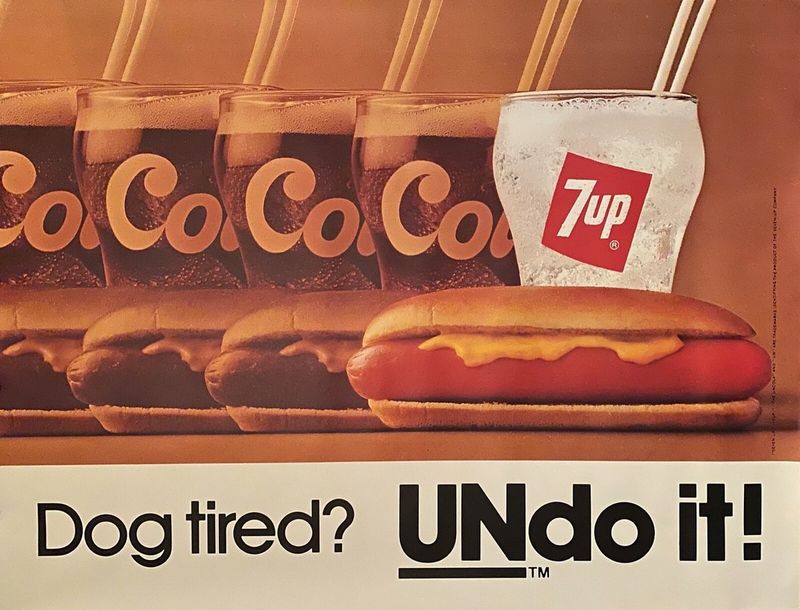
The 7-Up “Uncola” campaign embraced the counterculture movement, depicting youthful rebellion against mainstream choices. However, one particular ad featured a model pouring the drink over ice in a suggestive manner, hinting at an experience beyond quenching thirst. While not overtly offensive, the sexual undertones might raise concerns today about objectification and inappropriate marketing tactics. By today’s standards, the line between creative expression and potentially harmful innuendo is more carefully scrutinized, reflecting a growing awareness of social responsibility in advertising.
5. Bic Pen ‘She’s Got a Bic’ Ad
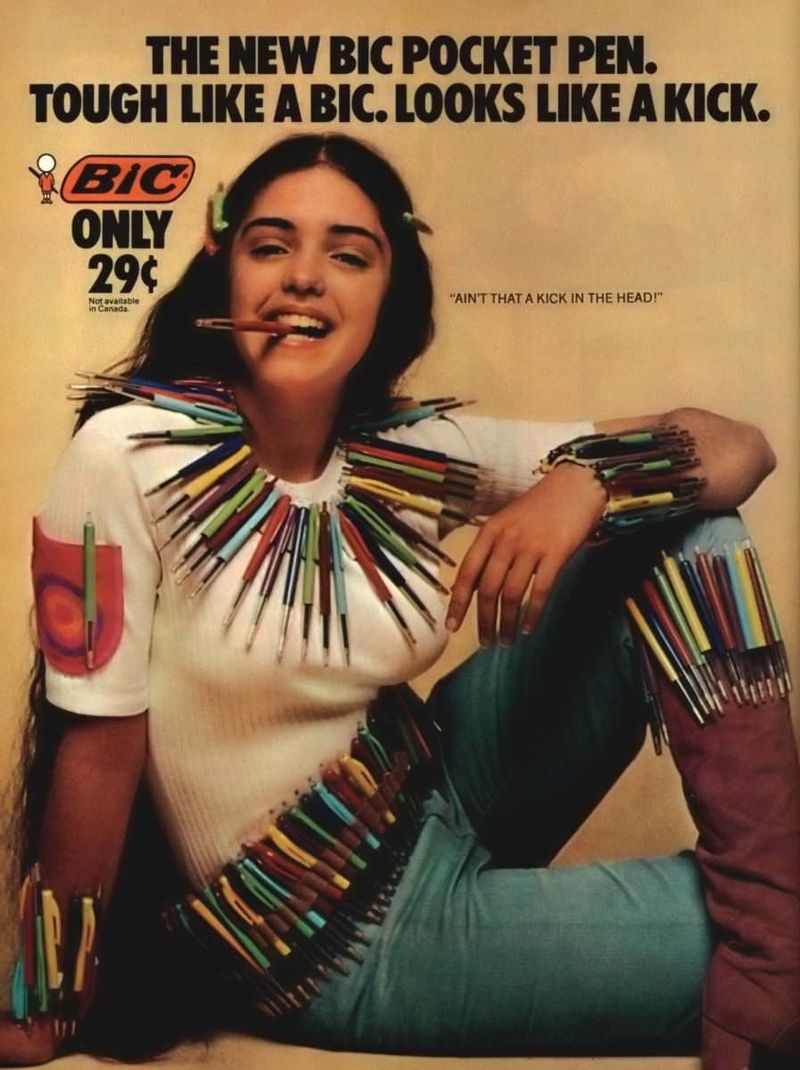
Bic’s “She’s Got a Bic” ad featured a professional woman wielding one of their pens, implying that her competence and success were tied to this simple writing tool. While ostensibly empowering, the underlying message subtly reduced her achievements to the possession of a pen. Today, such an ad would be critiqued for diminishing women’s professional capabilities and reinforcing stereotypes that women need tools to succeed. It highlights the nuanced ways in which advertising can perpetuate limiting beliefs, and how modern ads strive to empower rather than undermine.
6. Diet Pepsi ‘Girl Watchers’ Ad
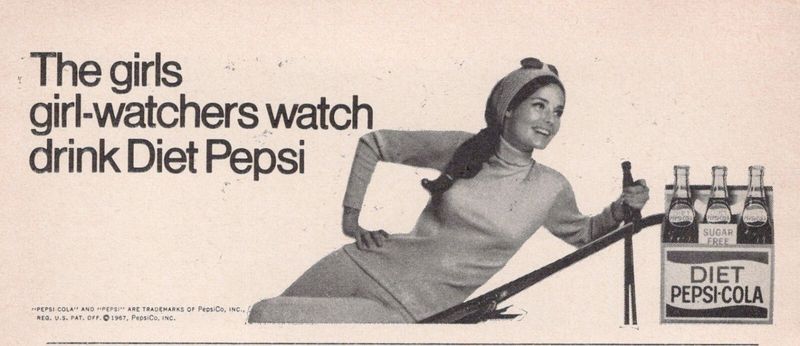
Diet Pepsi’s “Girl Watchers” ad depicted a playful beach setting where men ogled a woman drinking their product. While meant to be cheeky, the ad reinforced the objectification of women and societal pressures to maintain a certain body image. Such messaging in today’s context would be seen as contributing to unhealthy standards and gender objectification. The ad reflects a time when casual sexism was more accepted in marketing, a contrast to the more respectful and inclusive advertising landscape that brands aim for in the present day.
7. Noxzema ‘Take It Off’ Shaving Cream Ad
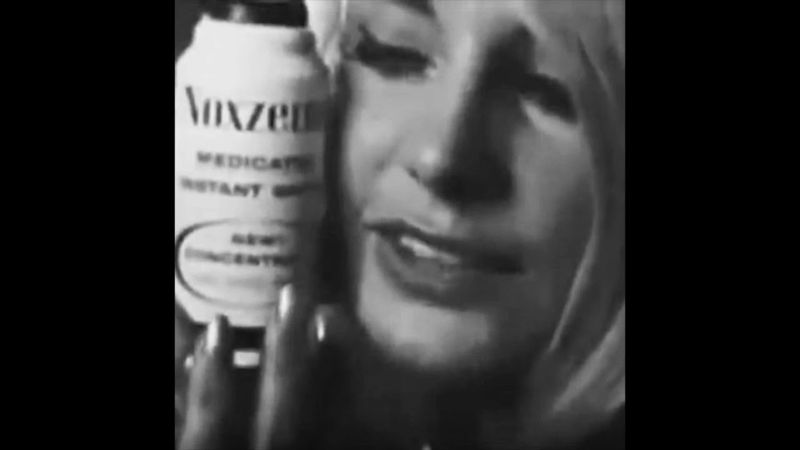
The Noxzema “Take It Off” shaving cream ad featured a young woman playfully applying the product to a man’s face, urging him to “take it all off.” This innuendo-laden message was not just about shaving but suggested a playful seduction. Such a portrayal today would be scrutinized for its sexual implications and potential to objectify both men and women. While humor in advertising remains popular, the context and execution are now more mindful of respecting personal boundaries and promoting healthy relationships, marking an evolution in brand messaging.
8. Virginia Slims ‘You’ve Come a Long Way, Baby’
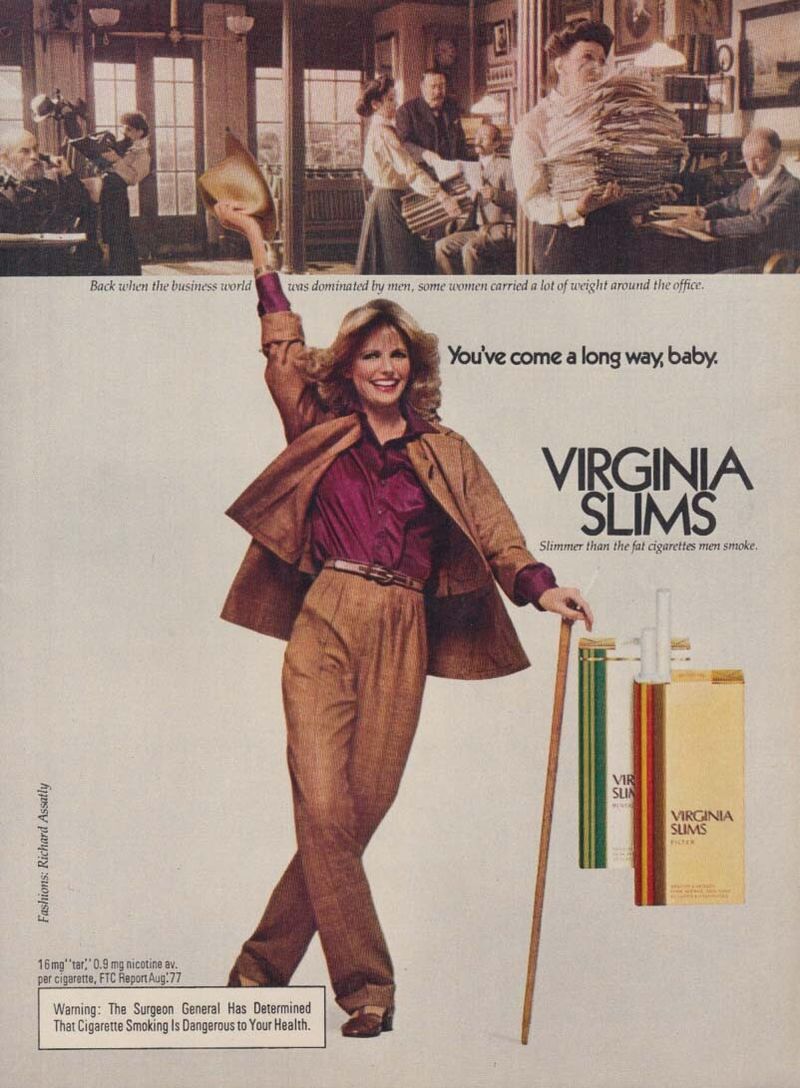
Virginia Slims’ “You’ve Come a Long Way, Baby” campaign targeted women, aligning cigarette smoking with liberation and progress. The ads featured chic, modern women enjoying a smoke, suggesting that their success was intertwined with the brand. In the current era, equating smoking with empowerment would face significant backlash due to heightened awareness of health risks and a shift towards promoting genuine empowerment without harmful products. This ad exemplifies how the portrayal of independence has evolved, striving for authenticity and health consciousness in modern advertising strategies.
9. Leggs Pantyhose ‘Egg’ Ad
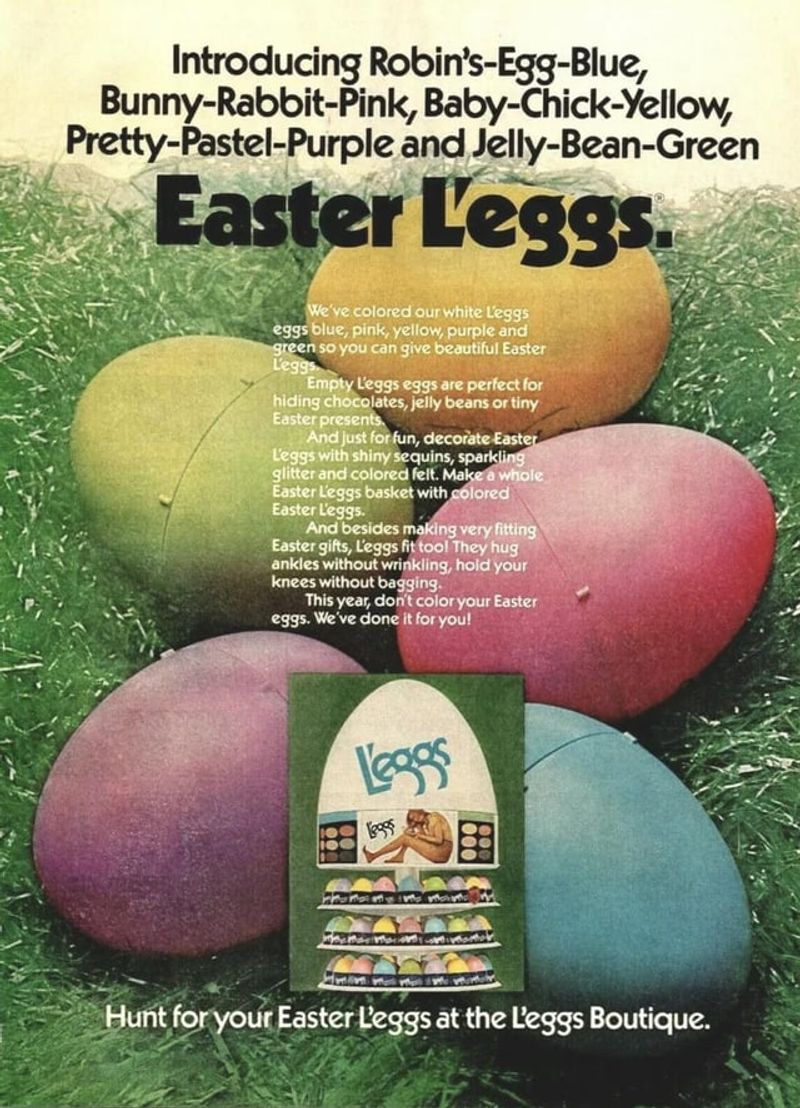
Leggs Pantyhose marketed their product in egg-shaped containers, playing on the notion of freshness and femininity. One ad featured a playful scene of a woman cracking open an egg to reveal pantyhose, accompanied by a cheeky slogan. Today, such imagery might be critiqued for reducing women’s fashion choices to novelty gimmicks rather than functionality and style. The ad reflects a time when quirky marketing overshadowed practical considerations, contrasting with current trends that prioritize transparency, sustainability, and genuine consumer engagement.
10. Fiat ‘Handsome Men’ Ad
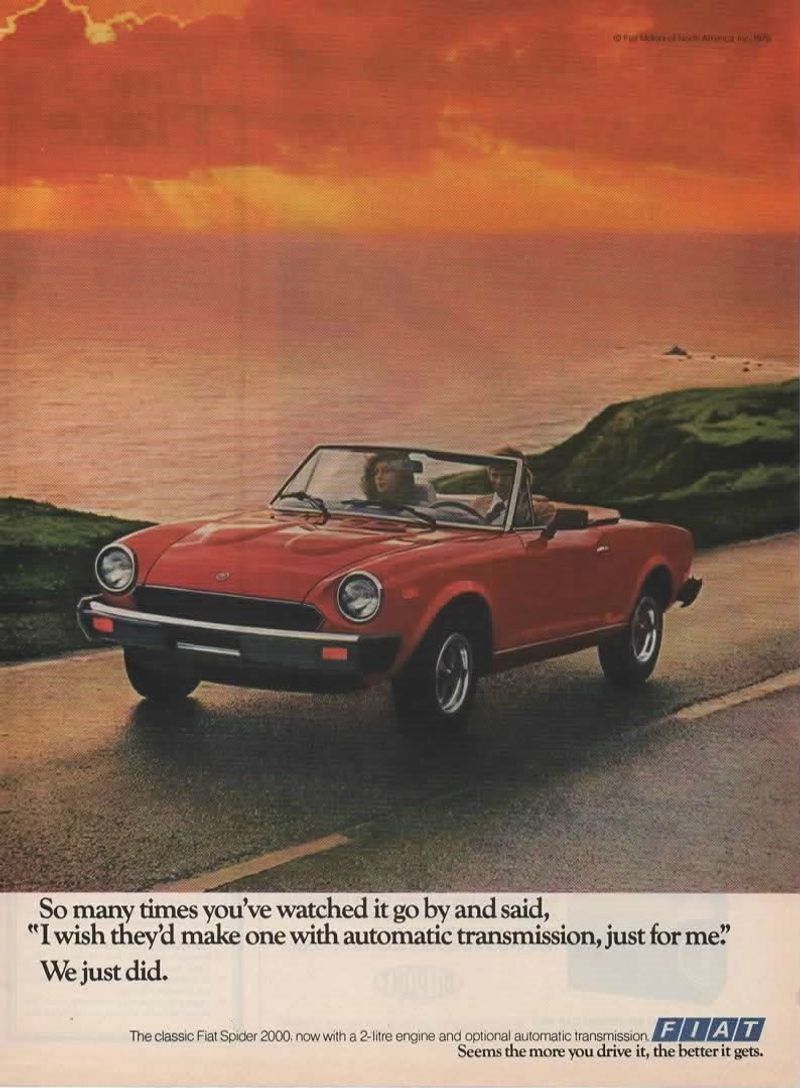
Fiat’s “Handsome Men” ad depicted a suave gentleman driving one of their cars, with women visibly captivated by his presence. The underlying message suggested that owning a Fiat would enhance one’s attractiveness and desirability. In today’s context, this ad could be seen as promoting superficial values and gender stereotypes. Modern advertising tends to emphasize more substantive qualities like innovation and performance rather than surface-level charm, reflecting a shift towards more meaningful and socially conscious brand narratives.
11. Maxwell House ‘Coffee Pot’ Ad
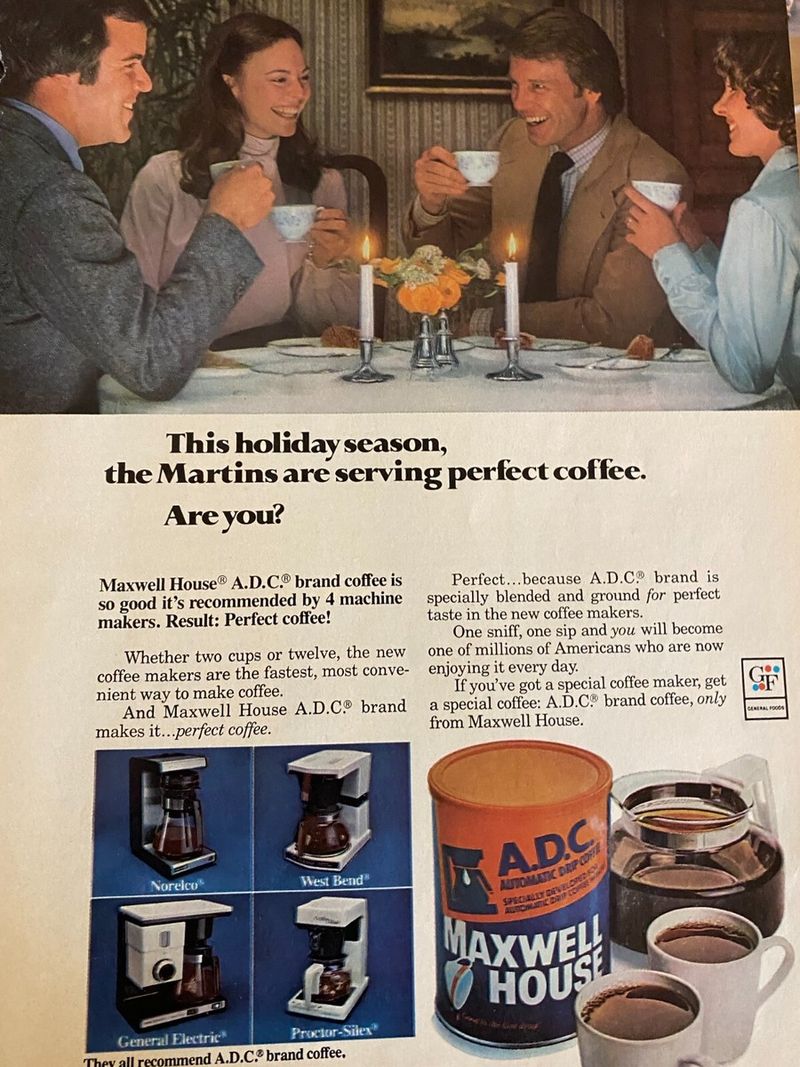
Maxwell House’s “Coffee Pot” ad celebrated family togetherness, depicting a mother serving coffee to her family. The ad reinforced traditional gender roles where the woman was the caretaker and provider of comfort. While seemingly innocent, such portrayals have drawn criticism for perpetuating stereotypes about women’s roles in the household. Modern ads are more likely to depict diverse family dynamics and shared responsibilities, aligning with contemporary views on gender equality and inclusivity, showcasing how advertising has adapted to reflect broader societal changes.
12. Braniff Airlines ‘Air Strip’ Ad
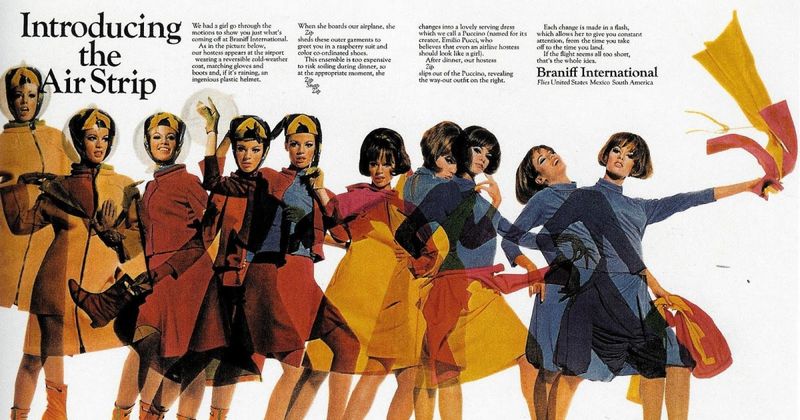
Braniff Airlines’ “Air Strip” ad featured a flight attendant performing a light-hearted striptease while demonstrating uniform changes. This playful yet suggestive advertisement would be deemed inappropriate today due to its objectification of women and trivialization of the professional role of flight attendants. Current airline advertisements focus on safety, comfort, and the travel experience, avoiding any portrayal that might undermine the professionalism of their staff. This illustrates a broader awareness and respect for the individuals who contribute to a brand’s identity.
Hi all, I am Sidney, an accountant, a hobbyist photographer, and a mother to two sweet girls who are my motivation. I love sharing the tips and tricks I gained all these years I’ve been a mother. I hope it will help you!

